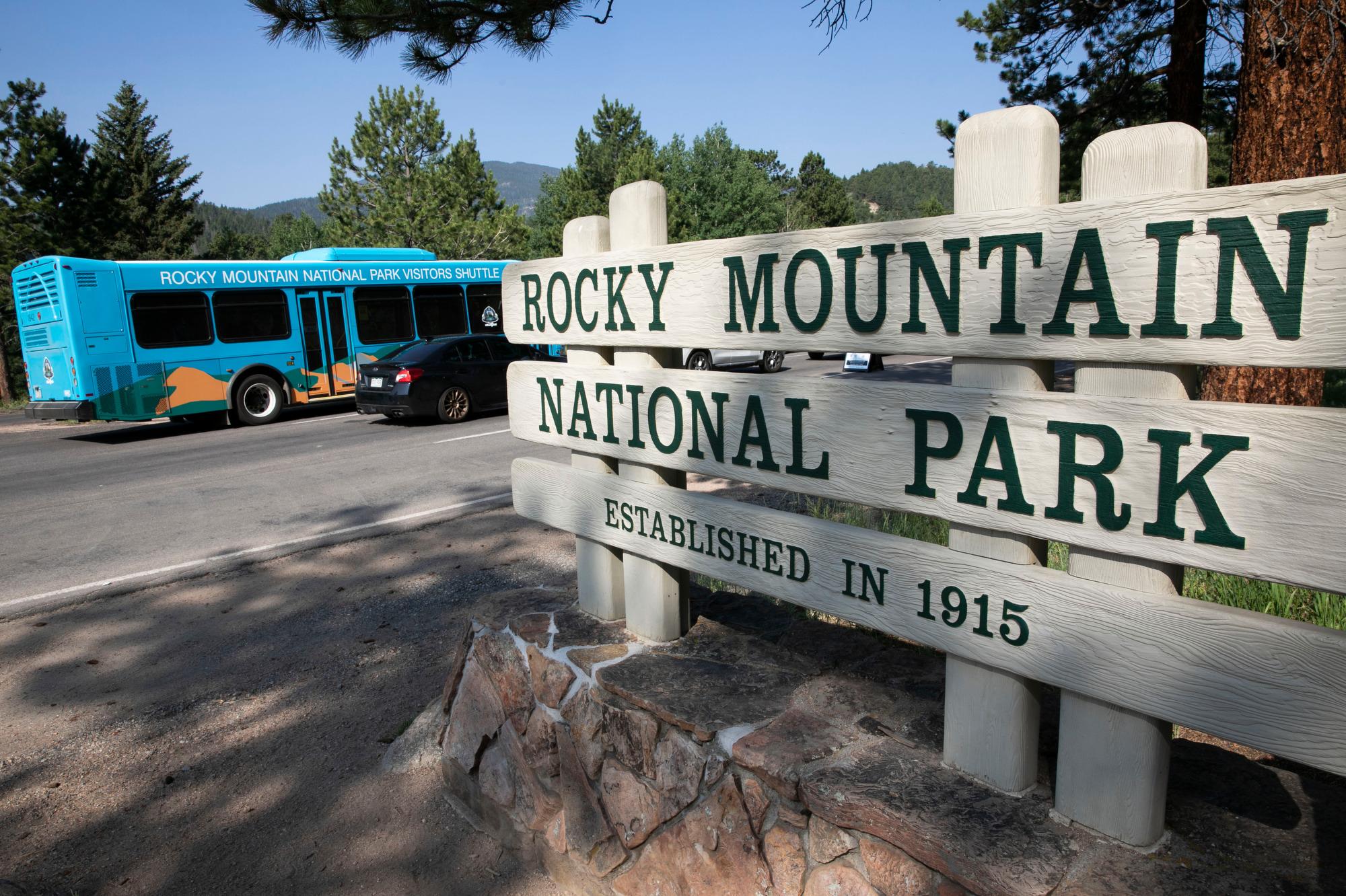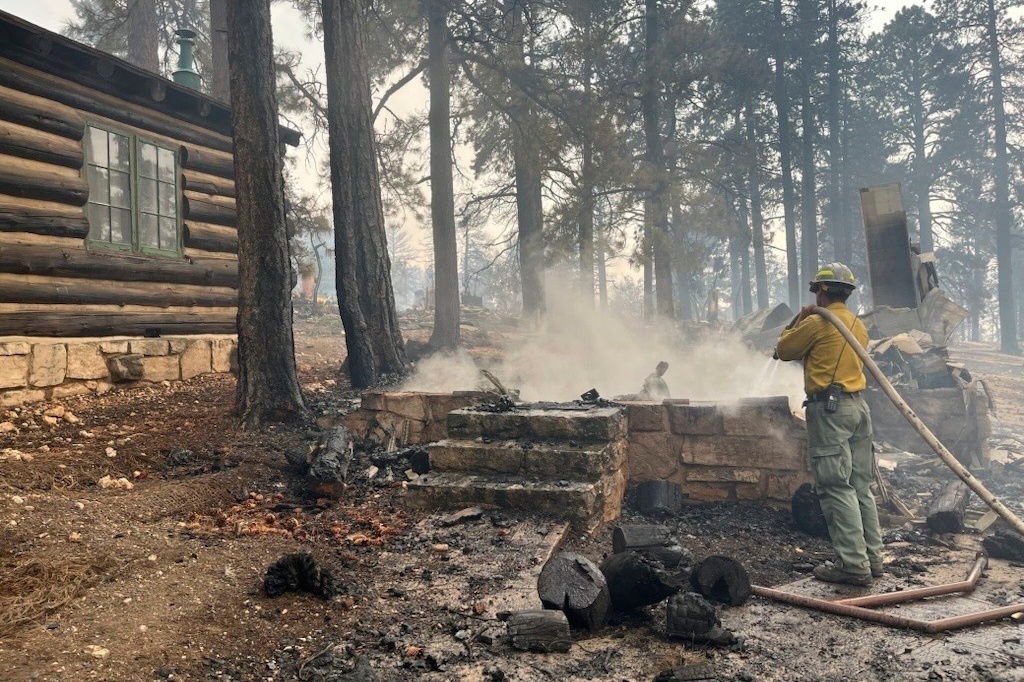
The U.S. Department of the Interior filed a lawsuit against a Fort Collins water company over a ruptured culvert that damaged parts of Rocky Mountain National Park in 2017.
The complaint was filed in the U.S District Court of Colorado against Water Supply and Storage Company.
The complaint involves the Grand River Ditch, which was constructed in the 1890s and is responsible for capturing snowmelt and rain water from the east side of the Never Summer Mountains and diverting it over the Continental Divide at the La Poudre Pass to the Long Draw Reservoir. From there, the water flows into the Cache La Poudre River and is later transported to users along the Front Range and Eastern Plains.
In June 2017, the culvert at the top of Lady Creek ruptured within the Grand River Ditch. This caused a substantial water flow that led to extensive erosion. It damaged more than two acres of forest, streams and wetland habitat within the boundaries of the Rocky Mountains National Park.
When asked to comment, Water Supply and Storage Company general manager and general counsel Donald Frick said they have not received the complaint.
This isn’t the first legal action taken against Water Supply and Storage Company for issues with the Grand River Ditch. In August 2006, the Justice Department filed a complaint after another breach in the ditch in May 2003 caused significant damage to the mountainside.
The company paid $9 million for damages to the Rocky Mountain Park in May 2008. At the time, it was the largest natural resource damages payment in history of the Park System Resources Protection Act.









